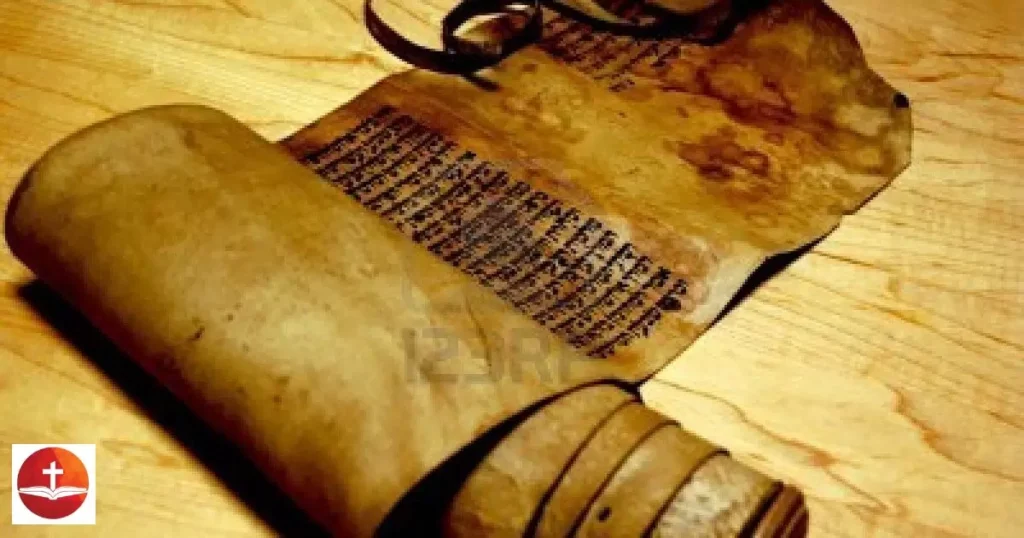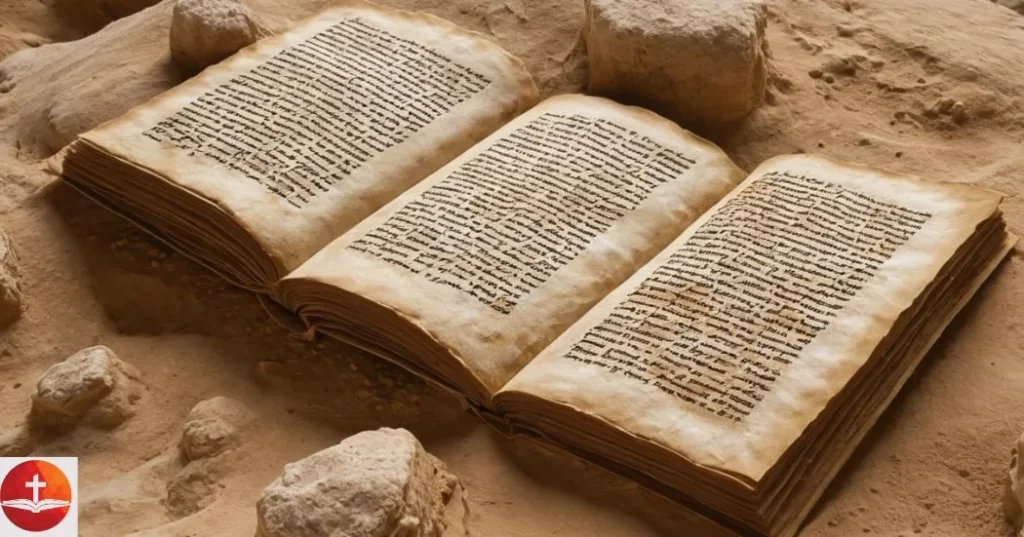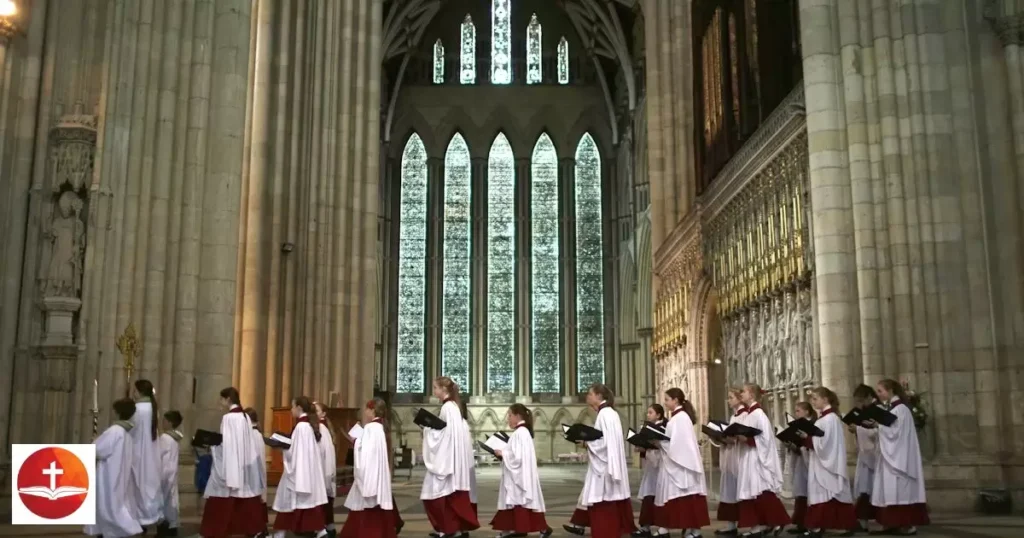“The discovery of the Dead Sea Scrolls offers profound insights into ancient biblical texts and the historical context of Judaism and Christianity.”
The Dead Sea Scrolls are among the most significant archaeological discoveries of the 20th century. Found in the Qumran Caves near the Dead Sea, these ancient manuscripts offer invaluable insights into the religious and historical context of Judaism and early Christianity.
This article explores the discovery of the Dead Sea Scrolls, their historical significance, and the impact they have had on biblical scholarship.
The Discovery of the Dead Sea Scrolls

Initial Discovery
The discovery of the Dead Sea Scrolls began in 1947 when Bedouin shepherds stumbled upon a cave in the Qumran region. Inside, they found a collection of ancient scrolls stored in clay jars. This initial find led to further explorations and discoveries in the surrounding caves.
Subsequent Finds and Excavations
Following the initial discovery, archaeological teams conducted systematic excavations in the Qumran Caves. Over the next decade, they uncovered additional scrolls and fragments, revealing a rich collection of texts that dated back to the Second Temple period.
Scripture: “The Lord said to Moses, ‘Write down these words, for in accordance with these words I have made a covenant with you and with Israel.'” – Exodus 34:27
Historical Context of the Dead Sea Scrolls

The Qumran Community
The Dead Sea Scrolls were associated with a Jewish sect known as the Essenes, who lived in the Qumran region. The Essenes were known for their strict religious practices and their dedication to preserving sacred texts. They likely wrote or collected many of the scrolls found in the caves.
The Second Temple Period
The Dead Sea Scrolls date back to the Second Temple period, a time of significant religious and political development in Jewish history. This period, spanning from the 5th century BCE to the 1st century CE, was marked by diverse Jewish sects and increasing interaction with Hellenistic and Roman cultures.
Scripture: “The LORD is in his holy temple; the LORD’s throne is in heaven; his eyes see, his eyelids test the children of man.” – Psalm 11:4
Set Apart Scriptures: Understanding Holiness in the Bible
Significance of the Dead Sea Scrolls

Biblical Manuscripts and Textual Variants
The Dead Sea Scrolls include some of the oldest known copies of biblical texts. They provide valuable textual variants and insights into the transmission and preservation of the Hebrew Bible. Comparing these manuscripts with later versions helps scholars understand the development of the biblical text.
Insights into Jewish Beliefs and Practices
The scrolls offer insights into the religious beliefs, practices, and expectations of the Jewish community during the Second Temple period. They include texts such as the Community Rule, which outlines the communal and ethical standards of the Essenes, as well as apocalyptic writings.
Scripture: “The grass withers, the flower fades, but the word of our God will stand forever.” – Isaiah 40:8
Impact on Biblical Scholarship

Textual Criticism and Biblical Studies
The discovery of the Dead Sea Scrolls revolutionized the field of textual criticism and biblical studies. Scholars can now compare ancient texts with modern versions, shedding light on the historical development of biblical books and improving our understanding of their origins.
Theological and Historical Insights
The scrolls provide theological and historical context for the New Testament and early Christianity. They illuminate the religious environment in which Jesus and the early Christians lived, offering background on the diverse Jewish expectations of the Messiah.
Scripture: “The unfolding of your words gives light; it imparts understanding to the simple.” – Psalm 119:130
Preservation and Conservation

Challenges in Preserving Ancient Manuscripts
The preservation of the Dead Sea Scrolls has posed significant challenges. The fragile nature of the scrolls required meticulous conservation efforts to prevent deterioration and ensure their long-term survival.
Ongoing Research and Study
Research on the Dead Sea Scrolls continues to evolve as new techniques and technologies become available. Ongoing studies aim to decipher, translate, and analyze the texts to further enhance our understanding of their historical and religious significance.
Scripture: “But the word of the Lord endures forever.” – 1 Peter 1:25
The Role of the Scrolls in Understanding Early Christianity

Connections to Early Christian Writings
The Dead Sea Scrolls have revealed connections between Jewish and early Christian writings. Certain themes and expectations in the scrolls parallel those found in the New Testament, providing context for early Christian beliefs and practices.
Influence on Christian Theology
The scrolls have influenced Christian theology by offering insights into the Jewish roots of Christian teachings. They help scholars understand the cultural and religious milieu in which Christianity emerged.
Scripture: “And beginning with Moses and all the Prophets, he explained to them what was said in all the Scriptures concerning himself.” – Luke 24:27
Public Access and Display

Museums and Exhibits
The Dead Sea Scrolls have been exhibited in various museums around the world, allowing the public to view these ancient texts. These exhibits provide educational opportunities and highlight the scrolls’ historical and religious significance.
Digital Access and Archives
Digital archives and online resources have made the Dead Sea Scrolls found more accessible to researchers and the general public. High-resolution images and translations are available for study and exploration.
Scripture: “For the LORD gives wisdom; from his mouth come knowledge and understanding.” – Proverbs 2:6
Answer To Key Question
- Where were the Dead Sea Scrolls discovered?
- They were found in the Qumran Caves near the Dead Sea in Israel.
- What is the significance of the Dead Sea Scrolls?
- They are among the oldest biblical manuscripts and provide insights into Jewish history and the origins of Christianity.
- Who were the Essenes?
- The Essenes were a Jewish sect believed to have lived in the Qumran region and associated with the Dead Sea Scrolls.
- How do the Dead Sea Scrolls impact biblical scholarship?
- They offer textual variants and historical context, enhancing our understanding of the development of the Hebrew Bible.
- What are some key texts found among the Dead Sea Scrolls?
- Key texts include biblical manuscripts, the Community Rule, and various apocalyptic writings.
- How are the Dead Sea Scrolls preserved?
- They are meticulously conserved and studied using advanced techniques to prevent deterioration.
Conclusion
The discovery of the Dead Sea Scrolls has had a profound impact on our understanding of ancient texts, religious history, and biblical scholarship. Unearthed in the Qumran Caves, these manuscripts offer a window into the past, revealing the rich tapestry of Jewish life and thought during the Second Temple period.
Their significance extends beyond their historical context, influencing our comprehension of early Christianity and the development of biblical texts.
As research continues, the Dead Sea Scrolls will remain a vital resource for scholars and believers alike, shedding light on the enduring legacy of ancient faith and scripture.

Hi! I’m Zadie Smith, the writer behind BiblePulze.com. I’m passionate about exploring and sharing insights on Bible topics in a way that’s easy to understand. Whether you’re looking to dive deep into scripture or just want to learn more about its teachings, I aim to make the Bible accessible and engaging for everyone.

